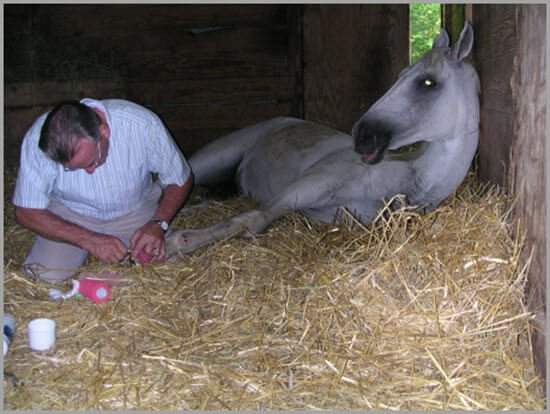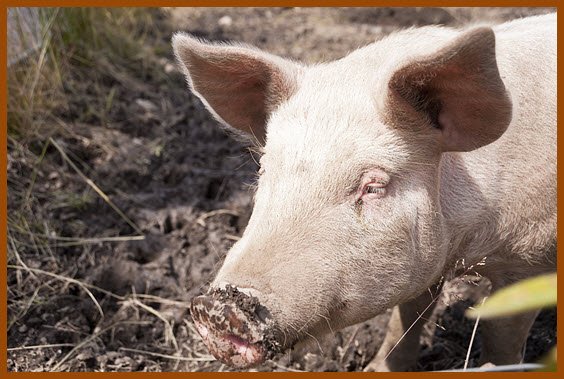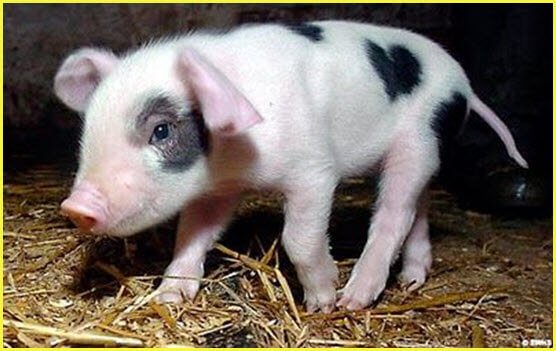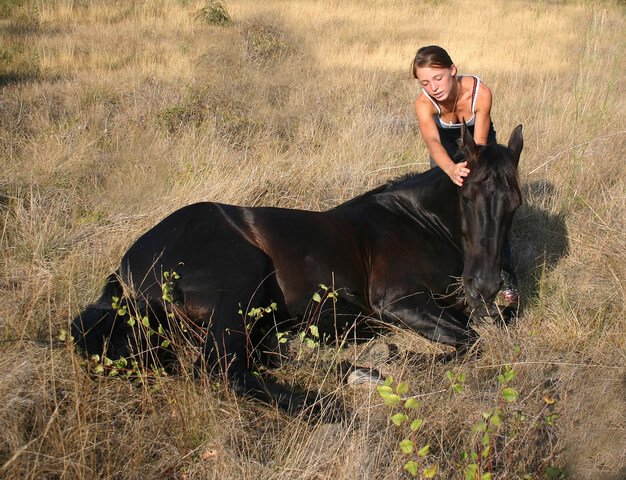Effect of Cows on Environment?
Cows and the Environment: A Surprising Connection Effect of Cows ? What is the real cost of a steak dinner: A day’s wage or the destruction of an ecosystem? PETA insists that meat is murder. Americans are yet to be dissuaded. But for as long as there have been nice things, there have existed smart alecs to ruin them. An insidious proposition has recently been making its play. Cows flatulence is 70-120kg of Methane gas into our atmosphere annually. The argument goes that Methane, a Greenhouse Gas, traps heat which negatively impacts Earth’s climate. Livestock specifically contributes 26% of all Methane! Therefore, red-blooded Americans must curb their appetite for succulent sirloins otherwise Earth becomes a furnace! Obama declares War on Dairy The US government aims to reduce Methane output from bovines by 25% before the decade closes. But would this significantly impact climate scientists’ models? Here is a breakdown of cattle per top 5 countries. We’ve provided our own high-end annual Methane output estimates. 1) India: 301,600,000 cows. 39,894,851 US tons. 2) Brazil: 219,093,000 cows. 28,981,043 US tons. 3) China: 100,250,000 cows. 13,260,805 US tons. 4) United States: 91,988,000 cows. 12,167,929 US tons. 5) European Union: 88,600,000 cows. 11,719,774 US tons. If the entire US population shunned beef, cattle Methane output would not fall even 10%. “Like, just get rid of all the cows, man.” Assuming cows collectively drop dead tomorrow, the effects would be disastrous. Sure, global Methane output is cut by a quarter. Warming would theoretically decline and Arctic permafrost melt slow. But, even climate scientists acknowledge Earth cannot completely reverse gears. There is a guaranteed amount of climate change. Cows on the other hand play a delectable role. The obvious drawback, albeit manageable, is no beef and considerably less dairy. On the plus side, Cornell University estimates 800 million people could be fed with livestock grain. I personally prefer steak over Shreddies, but c’est la vie. Cornell professor David Pimentel notes that 100,000 litres of water are used for every kilogram of food. The average American consumes 666 litres daily! An omen? Eliminating cattle lets us mitigate water shortages at the very least. Poultry requires less fuel to prepare and provides greater protein per gram. Americans consume approximately 100lbs annually – twice as much as beef. While 800 million people is nothing to sneeze at, reallocating cattle resources feeds only 2% of Earth’s malnourished. Of course, Americans would look for a substitute, vegan or otherwise. Beef makes a colossal contribution to America’s economy. The [...]













